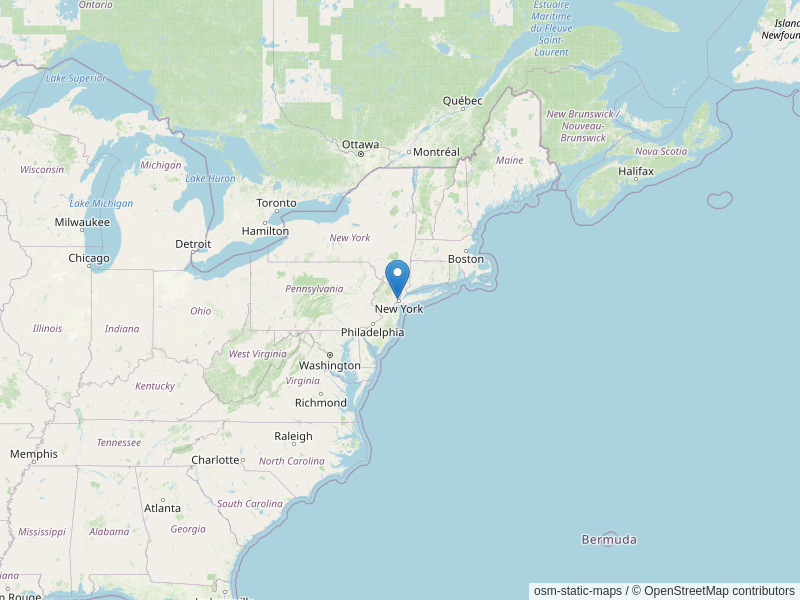100 Years of DAAD: Werner Könnecke


Werner Könnecke, 1926
In the late summer of 1925, when Werner Könnecke sailed on the Albert Ballin toward New York, he was one of the very first DAAD exchange students to spend a year in the United States. During 1925-26, he would study at a theological seminary in the Midwest, accompany the school’s choir on their concert tours as a pianist, become acquainted with the many denominations that dot the American religious landscape, encounter Jazz, and conclude the year with a tour from the Midwest eastward, combining concerts and preaching in English and German speaking congregations. Who was he, and how did his year in the U.S. affect his later life?
Born in Eisleben in 1899 into a pastor’s family, losing his father at a young age, Werner had no intention to pursue a clergy career. As he explained in an article “Warum?” published, in Eden Seminary’s literary journal The Keryx in April 1926, he perceived the talk within the Church as deeply dissatisfying. The turning point for him came in the trenches of WW1 at Christmas, when suddenly Christmas carols reverberated all around him. He now felt an obligation to “help tell people that ‘God is’,” which cannot be explained in words, but felt through action. Also during WW1, as a prisoner of war for a year or so until well into 1919, he taught himself English with a friend and ended up with a desk job in the British camp, doing translations.
Six years later, he had completed his theological studies at the University of Halle and was attending the Prussian Protestant Church’s seminary (Predigerseminar) Kückenmühle near Stettin for his last year of practical training. (A similar institution, founded nearby about a decade later, was Finkenwalde, led by Dietrich Bonhoeffer.) The theological outlook of the Prussian Protestant Church (Evangelische Kirche der altpreußischen Union) tended to be more Reformed than Lutheran, encouraging critical engagement with political thought and discussion. Not by accident, the president of the Kückenmühle seminary, Martin Albertz, would become one of the key figures of the anti-Nazi Confessing Church. For Werner Könnecke, the year at Kückenmühle and his relation to Albertz became decisive. It was Albertz’ doing that Werner applied for a DAAD fellowship and that he attended Eden Seminary, the theological school of the German Evangelical Synod of North America. (That denomination and Eden Seminary have since merged into today’s United Church of Christ.) It was also Albertz’ influence that Werner became an early member of and would always remain close to the Confessing Church.
At the end of the year in the U.S., Werner would have loved to stay longer in the United States, but a fiancée was awaiting him in Germany. And so only few weeks after his return to Germany in 1926 he was married and began his first pastorate, in Axien near Torgau. He was in his second pastorate, in Kirchmöser (Brandenburg), when Hitler took power. With his congregation quickly becoming dominated by German Christians, he took another pastorate in Görlitz. In 1939, before Germany had even invaded Poland, and despite his age, he was drafted—an attempt quietly to eliminate politically non-compliant citizens.
But Werner Könnecke survived, above all thanks to his English skills. During the six years of “deployment,” his children grew into teenagers. First posted in Silesia to screen mail and books for prisoners of war, later posted in Meiningen to review international journals coming into the country, and at the end in Alsace, he was charged above all to find out what the world out there reported about the war. Thus well informed, he urged his family to flee from Görlitz to a relative in the west long before any official would give such orders as the Red Army closed in. (With their intended train through Dresden cancelled, his wife and children were stuck not far beyond Halle in an overcrowded, blacked-out train while the bombers heading toward Dresden flew overhead.) As the war ended, Werner turned himself in to Americans as a prisoner of war and served as a chaplain at the U.S. camp’s field hospital in Kamp-Lintfort, near Duisburg.
Werner’s friends from his year in the U.S. played a crucial role in the survival of the family after the war, sending care packages with food, blankets, and clothes. After three years of pulpit supplying while congregations waited to see if their pastors would return from war, Werner was called to his final pastorate in Lüdenscheid. He enjoyed a short retirement in Heidelberg and died there a few days short of his 68th birthday.
Werner’s legacy of nurturing German-American connections and international relations continues. In the 1960s, Werner’s son-in-law, Peter Grützner, then affiliated with the University of Heidelberg’s Eye Hospital (Augenklinik), spent two times working on a research project with colleagues at the University of Iowa Hospitals and Clinics. Eventually, those contacts led to the transatlantic marriage of one of Peter Grützner’s daughters, who in her academic career helped establish an exchange relationship for undergraduates between Illinois College and the University of Heidelberg and built up a record of successful DAAD-RISE applicants. 100 years after Werner Könnecke’s DAAD fellowship, his descendants work all over the world and have family relations also in Belgium, France, Italy, Haiti, Korea, Mali, Pakistan, and Scotland.


















